Introduction of coffee varieties in Colombia-introduction of coffee beans produced in the main producing countries in the world.
Like Brazil, Colombia, as the world's main producer, has excellent geographical conditions that are tailor-made for coffee cultivation. Colombia has changed from marijuana as the pillar to coffee as the pillar. With the strong support of the government, especially after the sweep of leaf rust, Colombia has also begun to diversify its coffee varieties.
Like other regions, the iron pickup is a long-standing coffee variety grown in Colombia, which was first introduced by a priest from the French Antilles via Venezuela from about the end of the 16th century to the early 17th century. Iron pickup has an excellent flavor, with a light floral aroma, excellent acidity and full body, but it has too little output and high agronomic costs and technical requirements. As a result, most coffee farmers choose higher-yielding coffee varieties.
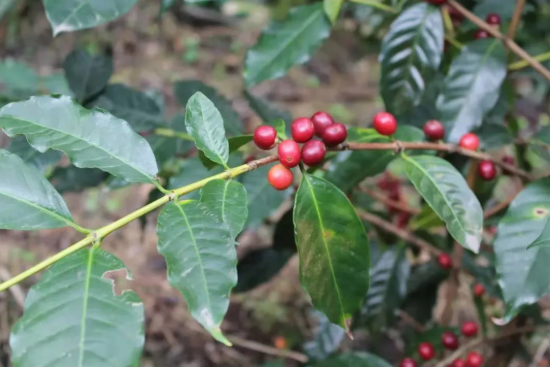
Bourbon is a variety of iron pickup, its biggest feature is that the bean body has become round, more excellent in acid quality, with a red wine-like flavor. The bourbon species was officially introduced to South America in 1860, first introduced in Brazil to replace low-yield tin cards, and then spread to Colombia, where bourbon cultivation is not widespread and is one of the few regions to grow it. Qianjie Coffee is currently on the shelves of a pink bourbon from Palaiso Manor in Cauca Province, which is clear and clean, lemon and tomato-like acidity, reminiscent of Kenyan coffee.
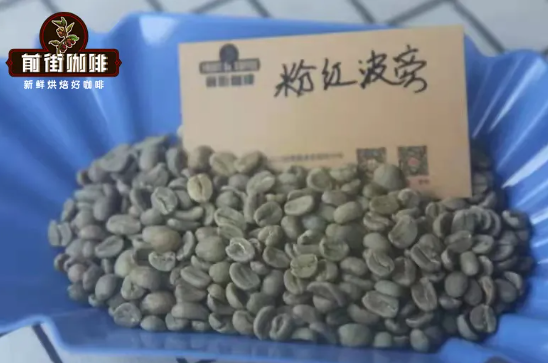
Kaddura is a natural variety of bourbon. Compared with bourbon, it has the advantages of exposure property (no shade forest), short size (easy to pick) and many branches (high yield). It is not as good as bourbon in flavor. Therefore, it has become the main variety of coffee in Colombia. Interestingly, Kaddura was found on a plantation in the Brazilian state of Minas Gerais and screened by the Agricultural College of the State of Sao Paulo (IAC) in Campinas, Brazil. But the result of the experimental planting in Brazil was not ideal, and when it came to Colombia, Kaddura was immediately reborn and planted nationwide. The coffee variety of Flower Moon Night and Rose Valley currently on the shelves in Qianjie coffee is Kaddura.
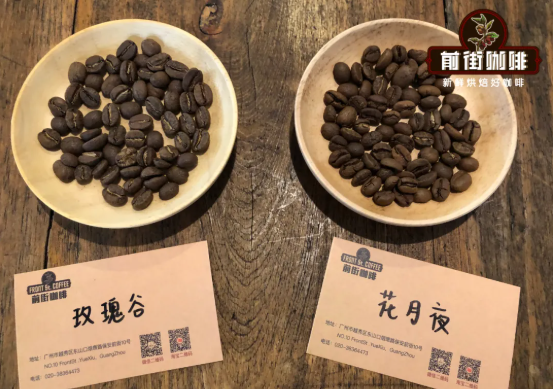
In order to fight leaf rust, Cenicafe é, Colombia's National Coffee Research Center, developed a backcross improved Katim variety in 1980. After generations of evolution, its Robusta gene has been diluted more. The Colombian government gave this coffee variety under the national name "Colombia" to emphasize the differences of the original Katim and to help promote national cultivation. Colombian varieties have excellent disease resistance and yield, but lack flavor compared to Kaddura. They are generally used for commodity bean export, and are also one of the main coffee varieties in Colombia.
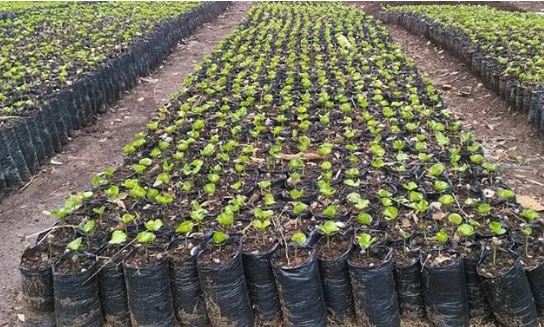
Castillo (Castillo) is a new generation of leaf rust resistant coffee developed by the Colombian Coffee producers Association (FNC) and the Colombian National Coffee Research Center Cenicafe. Cenicafe hopes to further improve the variety. In order to achieve a higher coffee yield, with higher resistance, and Kaddura comparable quality and flavor. After 23 years of research and experiment, Cenicaf é cultivated the fifth generation Castillo and formally promoted commercial planting in 2005. Castillo is famous for its smoothness, aroma and citric acid. According to the blind test results of the Colombian National Coffee Research Center, the flavor of Castillo can reach the flavor quality of Kaddura and bourbon. At present, planting is being carried out in Colombia.
Important Notice :
前街咖啡 FrontStreet Coffee has moved to new addredd:
FrontStreet Coffee Address: 315,Donghua East Road,GuangZhou
Tel:020 38364473
- Prev
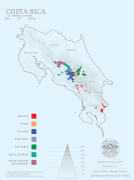
Do American coffee beans taste good?
American coffee occupies a large position in the coffee industry, such as Panama, Colombia and Guatemala are all rich in high-quality coffee in the Americas, not to mention that coffee has become more and more high-quality in the past decade, and consumers have higher and higher requirements for the quality of coffee. Several countries in the Americas that are rich in high-quality coffee are places where everyone is haunted. The names of Panama and Rosa shocked the whole spirit.
- Next

Brazil, the highest coffee bean producer in the world, introduces the origin, history and characteristics of coffee beans.
Brazil is the world's largest coffee producer, coffee is mostly produced in the plains or plateau savanna climate zone, the annual average temperature is about 20℃, excellent climate and most flat geographical conditions can be Brazil large-scale coffee cultivation, and is mechanically harvested coffee fruit, you can imagine, the yield is naturally amazing. Brazilian coffee beans origin: Brazilian coffee is from French Guiana since the 1720s
Related
- Beginners will see the "Coffee pull flower" guide!
- What is the difference between ice blog purified milk and ordinary milk coffee?
- Why is the Philippines the largest producer of crops in Liberia?
- For coffee extraction, should the fine powder be retained?
- How does extracted espresso fill pressed powder? How much strength does it take to press the powder?
- How to make jasmine cold extract coffee? Is the jasmine + latte good?
- Will this little toy really make the coffee taste better? How does Lily Drip affect coffee extraction?
- Will the action of slapping the filter cup also affect coffee extraction?
- What's the difference between powder-to-water ratio and powder-to-liquid ratio?
- What is the Ethiopian local species? What does it have to do with Heirloom native species?

